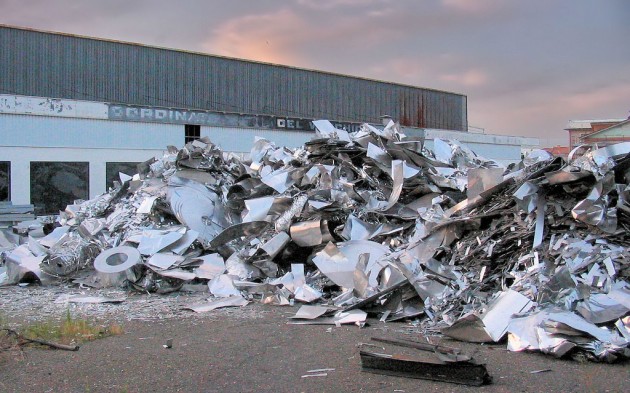The reduction of process waste in manufacturing refers to reducing the amount of physical waste that’s generated and ultimately discarded as part of the entire manufacturing process. In order to do so, manufacturers need to focus on the elimination of delays, costs and inventory through the reduction of unnecessary processing steps or movement.
Some ideas for reduction of waste in manufacturing include the collection of defective or broken products. Those products that cannot be repaired cost-effectively should be disassembled instead of thrown away. Then, many parts can be salvaged and recycled for use in the manufacture of new products.
Another good idea for waste reduction is to only accept orders in larger quantities. This has the effect of reducing the packaging required for each delivery. In addition, manufacturers can order parts in larger quantities too, as this will mean they can take advantage of volume discounts.
Shipping containers from suppliers can and should be reused to dispatch newly manufacturer products. If the containers cannot be reused, send them back on the supplier’s trucks for a potential discount.
Invest in improving the quality of the manufacturing line. The idea is that more products will meet the quality specifications, which means less wasted materials.
Keep a lean or “just-in-time” inventory of manufacturing materials that can potentially expire, for instance substances like glue and resin. In addition, you can implement an inventory tracking system that allows you to record the date of arrival for such materials, therefore ensuring they’re used on time, before they expire. The idea is that all time-sensitive materials are used before they expire, thereby cutting out any waste.
Recycle manufacturing materials as much as possible on site. For example, have oil recyclers bring their equipment on site to recycle lubrication oil. They can then take the contaminants and sludge, leaving the most of the oil on site to be used. This avoids the cost of disposing of all spent industrial oil.
It’s also a good idea to find local manufacturers or facilities that can use your waste materials, be it scrap cardboard, metals or plastics. By doing so, and giving it away to them or selling it to them very cheaply, this will cut down significantly on the company’s waste disposal costs. A book called “Living with the Earth” by Gary S. Moore suggests consulting waste exchanges or clearinghouses to find nearby companies that can use your waste materials.
Place waste bins for each type of recyclable or reusable material in all work areas where it is produced. If it is easily disposed of in the correct location by workers, it is more likely to be sent for reuse and recycling instead of disposed of through the general waste stream to the landfill.
Pall-Pack AS has helped companies for more than 40 years in the packaging industry. The most recent case was a delivery to XXL Sport in Sweden. We delivered a complete system – conveyor system, stretch wrapping machine, and stretch film / strekkfilm.

